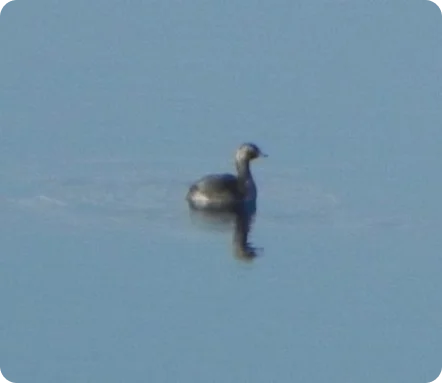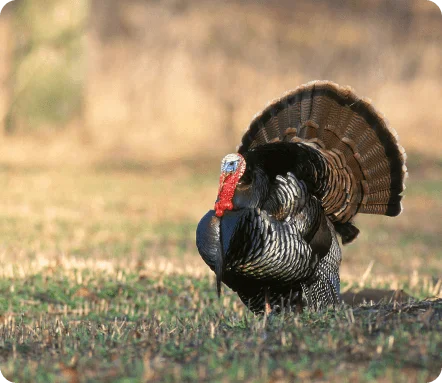Common Loon
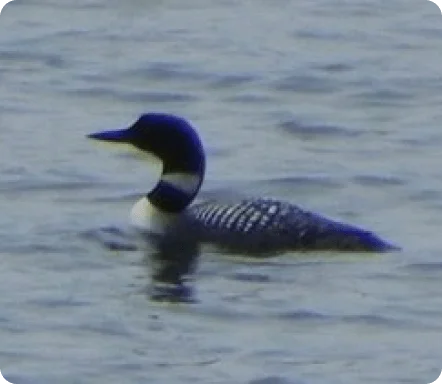
I was watching a beautiful Common Loon this morning and later while working outside I heard it singing. The Loon is the most elegant of ducks, gliding gracefully along in its striking black and white breeding plumage.
I have been seeing loons for about a week now. They are regular and frequent visitors in April, stopping by on their way north. I also see them often in September and October. I have reported seeing loons in Dec, Jan, Feb, and March. Of course one of the most beautiful things about loons is their singing. I have reported loon calls with many of my sightings. It is always a special treat.
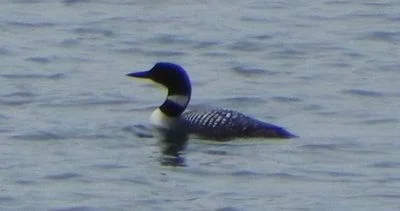
Loons are short to mid distance, high latitude migrators mostly building nests in Canada. I have read that non breeding immature loons often remain here all year and some mature loons spend the winter months in Puget Sound. I have seen loons often during the summer kyaking in Canada, off the coast of British Columbia. Once while navigating a narrow channel between islands in Malispina Inlet, I came upon a loon with 3 babies on her back! I had another memorable experience with a loon in Ross lake, just south of the Canadadian border. I was watching some loons in the distance and just sat quietly in my kyak as they dove and came closer. Finally one surfaced very close to me and started singing. I could see his beak opening and closing as he sang.
I almost always see solitary loons but on one occasion in April, 1997, I saw a group of 12. I have reported groups of 6 twice, once in April , 1993 and once in September 1997 and I have one sighting of 3 loons together. I have read that loons fish alone but gather in groups at night. I guess I have caught them a few times before they have headed out to fish.
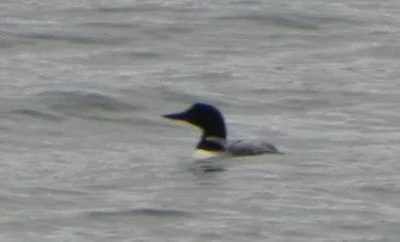
There are 5 species of loons, but we only see the Common Loon, Gavia immer, here. Its appearance is anything but common. The contrasting black and white coloring is usually only a breeding plumage, but many retain these feathers into the winter. Usually they are more gray and white in the winter. The sexes look alike. Loons are also immediately recognizable by their unique shape. They have a long, sleek body with a thick neck and sharp bill. Loons are actually quite heavy because they are the only duck with solid bones! Loons dive frequently and seem to stay under water for a very long time immerging quite a distance from where they started. Research reveals that they are great swimmers using both wings and feet allowing them to dive as deep as 200 feet. Their legs are so far back on their bodies that they are unable to walk on land and must push along on their chests.
Loons and their beautiful calls are among the most appreciated aspects of bird watching. It is interesting that loons are the first ducks presented in every bird guide I consulted. They are certainly one of my most favorite ducks and have given me many, many moments of pleasure.
Sources:
National Geographic Complete Birds of North America
Fisher, Chris, Birds of Seattle
Nehls, Harry, Familiar Birds of the Northwest
Seattle Audubon Society Web Page

